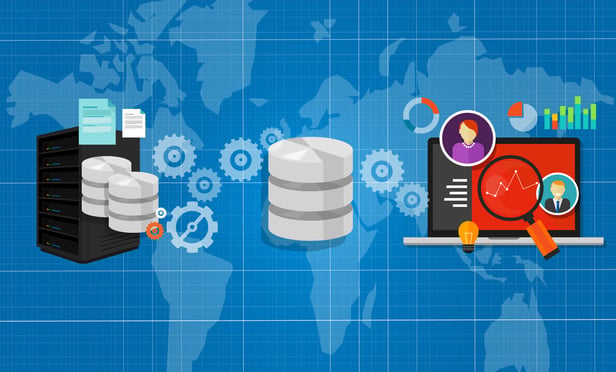When lawyers say “e-discovery,” they’re usually referring to the dreaded and laborious effort of looking at individual documents to make strategic decisions on the relevancy of their content—we call this document review. But document review is a lavish waste of time without a trustworthy data processing stage.
Twenty years ago, we “processed” physical paper documents by scanning them and manually coding fields of information (author, date, source, etc.) into a linear database. Today we have emails, spreadsheets, Microsoft Word documents, and a whole mess of digital files collectively referred to as electronically stored information (ESI). ESI is processed by computers extracting every morsel of metadata so it can be sorted, filtered and searched. This includes the sender, recipient, and sent date of an email, but also pulls out the BCC field, conversation threads, and determines whether a message was opened.
This content has been archived. It is available through our partners, LexisNexis® and Bloomberg Law.
To view this content, please continue to their sites.
Not a Lexis Subscriber?
Subscribe Now
Not a Bloomberg Law Subscriber?
Subscribe Now
LexisNexis® and Bloomberg Law are third party online distributors of the broad collection of current and archived versions of ALM's legal news publications. LexisNexis® and Bloomberg Law customers are able to access and use ALM's content, including content from the National Law Journal, The American Lawyer, Legaltech News, The New York Law Journal, and Corporate Counsel, as well as other sources of legal information.
For questions call 1-877-256-2472 or contact us at [email protected]



